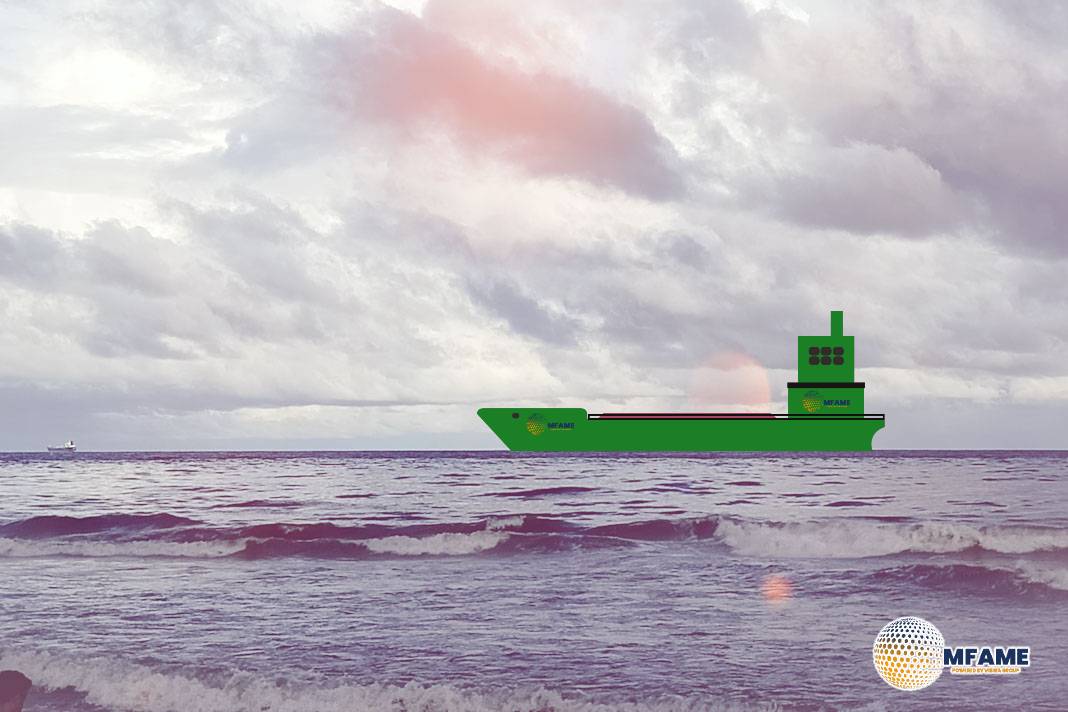Recent circulars published by Huatai Marine and a detailed article on SAFETY4SEA highlight the significant hazards posed by interactions between merchant vessels and fishing vessels in China’s coastal waters. The combined analysis draws from national guidelines and case-based observations to inform bridge teams, shipowners, and navigators about collision avoidance in high-density fishing zones.
Risk Profile
The analyses identify higher incident frequencies in zones where merchant-vessel traffic overlaps with active fishing grounds. Areas such as Bohai Bay, Zhoushan Fishing Ground and the Pearl River Estuary are listed among 38 high-risk regions. Notably, the majority of collisions occur at night—especially between 23:00 and 04:00—and during seasonal periods of heightened fishing activity, namely April–June (pre-ban) and September–November (post-ban). Fishing vessels involved are primarily trawlers and purse seiners navigating dense gear arrays, while merchant vessels often implicated include container ships and bulk carriers that transit at higher speeds and lower response margins.
Contributing Factors
On the merchant-vessel side, the documents point to:
- Bridge teams placing over-reliance on radar, ECDIS and AIS while reducing visual lookout duties, especially in restricted visibility.
- Routes that do not avoid known fishing-vessel clusters or insufficient notification to master when entering such zones.
- Indecisive or minimal evasive actions (small course or speed changes) that confuse rather than clarify intentions.
- Fishing vessels themselves often present with small radar cross-sections or trailing gear and may appear only intermittently on AIS or radar.
On the fishing-vessel side, contributing behaviours include:
- Incomplete lookout practises when crew are focused on fishing operations rather than navigational safety.
- Erratic crossing of merchant-vessel tracks, unpredictable manoeuvres and incomplete lighting or communication.
- Environmental factors such as rough seas, fog, typhoons, and fatigue exacerbating overall risk.
Prevention Measures & Guidance
The joint guidance emphasises the following key actions for merchant-vessel operators in Chinese coastal waters:
- Refer to and train bridge teams on the national “Guideline for the Prevention of Collisions between Merchant Vessels and Fishing Vessels in Coastal Waters of China”.
- Map and identify all high-risk areas pre-voyage; when transit is unavoidable, increase alert levels and review passage plans accordingly.
- Confirm all bridge-governed equipment (radar, AIS, steering, navigation lights) is operational; understand vessel blind sectors and manoeuvring limitations before entering fishing-dense zones.
- On entering a fishing-zone, reduce speed, maintain full steering readiness (manual or autopilot), augment the lookout and monitor multiple sensors (radar of different wavelength, AIS overlays, visual scanning).
- When a risk of collision is detected, implement early, decisive action—clear course or speed alteration, supported by VHF or visual/light signals.
- If a vessel becomes caught in fishing gear, stop the main engine immediately to prevent further entanglement or damage.
- Recognise that fishing vessels not restricted by gear or under way may be considered “power-driven vessels” under COLREGs; prudent passage remains advisable despite any regulatory classification.
This combined analysis and guidance underline that navigating China’s coastal waters demands heightened vigilance, structured passage planning and effective bridge team management to mitigate the risk of collision between merchant vessels and fishing vessels.
Did you subscribe to our daily Newsletter?
It’s Free — Click here to Subscribe!
Source: Huatai Marine
















